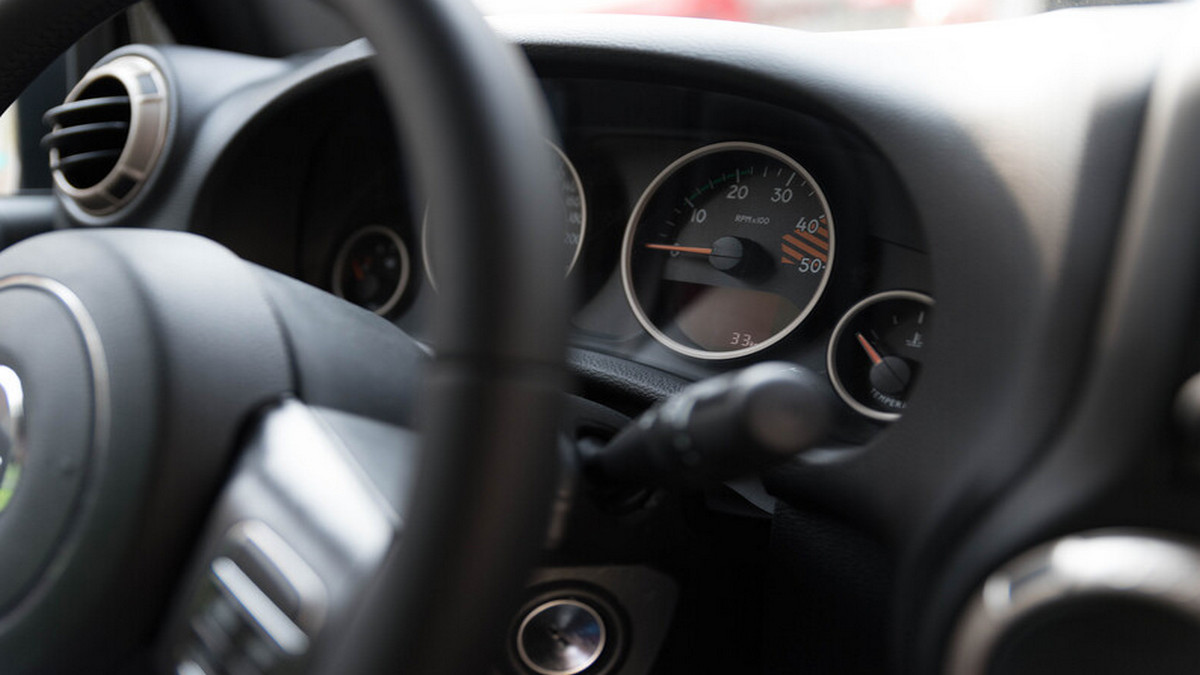With the growing acceptance of New Electric Vehicles (NEVs), smart automobile technology has emerged as a fundamental force reshaping the automotive industry. From advanced connectivity and intelligent sensors to artificial intelligence (AI) and Internet of Things (IoT) integration, modern vehicles are evolving into sophisticated, interconnected systems. The manufacturing process of smart electric automobiles and NEVs requires the integration of these various technologies to fully realize benefits such as safety and efficiency, while also addressing evolving regulatory challenges and standards.
Introduction to Smart Automobile Technology and its Importance
Smart automobile technology refers to the integration of digital connectivity, sensors, and AI-driven systems in vehicles to enhance safety, efficiency, and user experience. This technology enables features such as autonomous driving, real-time data analysis, predictive maintenance, and connectivity with external devices and infrastructure."
The importance of smart technology in automobiles lies in its ability to improve road safety, reduce traffic congestion, optimize energy usage, and provide personalized driving experiences. By leveraging data analytics, machine learning algorithms, and IoT connectivity, smart vehicles can adapt to changing environments, anticipate driver behavior, and enhance overall vehicle performance.
Evolution from Traditional Cars to Smart, Connected Vehicles
Key milestones in the evolution from traditional cars to smart, connected vehicles include:
IoT Connectivity: Connectivity via the internet is achieved through the integration of cellular, Wi-Fi, Bluetooth, and satellite communication technologies. This enables real-time data exchange, remote diagnostics, and connected services such as navigation, access to real-time traffic information, and entertainment options.
Sensors and IoT: Smart vehicles utilize sensors such as cameras, lidar, radar, ultrasonic sensors, and vehicle-to-everything (V2X) communication. These sensors monitor surroundings, detect obstacles, and enable autonomous driving functionalities like adaptive cruise control, lane departure warning, automatic emergency braking, and advanced driver assistance systems (ADAS).
Autonomous Driving: AI algorithms and machine learning techniques analyze the vast amounts of data from sensors, onboard systems, and external sources to enable autonomous driving capabilities, which range from Level 1 (driver assistance) to Level 5 (full automation). This enhances safety, reduces accidents, and enables new mobility services.
Human-Machine Interface (HMI): Advanced HMI systems incorporate touchscreen displays, voice recognition, gesture control, augmented reality (AR), and natural language processing (NLP) to improve driver interaction, reduce distractions, and provide intuitive interfaces for accessing vehicle functions and services.
Integration of Sensors, IoT, and AI in Modern Automobiles
The integration of sensors, IoT, and AI technologies in modern automobiles enables a range of intelligent features and functionalities:
Sensors: Cameras, radar, lidar, ultrasonic sensors, and inertial measurement units (IMUs) provide data on the vehicle's surroundings, road conditions, traffic patterns, and driver behavior, enabling autonomous driving, parking assistance, and safety features.
Vehicle-to-Everything (V2X) Communication: V2X communication allows vehicles to communicate with each other, infrastructure, pedestrians, and other road users, facilitating cooperative driving, collision avoidance, and traffic management solutions.
Predictive Maintenance: IoT sensors and AI analytics monitor vehicle components, enabling proactive vehicle monitoring for early fault detection and predicting potential failures. This optimization helps in scheduling maintenance, enhancing performance, and minimizing downtime, ensuring optimal reliability, durability, and cost-effectiveness.
Enhanced Safety, Convenience, and Efficiency
Safety Systems: Smart vehicles deploy advanced driver-assistance systems (ADAS) such as adaptive cruise control, lane-keeping assist, automatic emergency braking, blind-spot detection, and pedestrian detection to enhance safety, prevent accidents, and mitigate risks on the road.
Convenience and Comfort: Connected services, remote access, personalized settings, voice commands, and predictive analytics enhance convenience, comfort, and the user experience, making journeys more enjoyable and stress-free.
Efficiency: AI-driven systems optimize energy usage, route planning, traffic management, and vehicle performance, leading to fuel savings, reduced emissions, and improved overall efficiency in smart automobiles.
Regulatory Challenges and Standards in Smart Vehicle Development
The development and deployment of smart vehicles face regulatory challenges and the need for industry standards to ensure safety, cybersecurity, data privacy, and interoperability:
Safety Regulations: Regulatory frameworks such as ISO standards, NHTSA guidelines, and EU regulations define safety requirements, testing procedures, and performance benchmarks for smart vehicle technologies, including ADAS and autonomous driving systems.
Cybersecurity and Data Privacy: Cybersecurity standards, protocols, and best practices are essential to protect smart vehicles from cyber threats, unauthorized access, data breaches, and privacy violations.
Data Privacy: Compliance with data privacy regulations such as GDPR, CCPA, and HIPAA is crucial to safeguarding personal data collected by smart vehicles, ensuring transparency, consent, data anonymization, and secure data storage and sharing practices.
Interoperability and Compatibility: Industry-wide collaboration, open standards, and interoperability protocols facilitate the seamless integration of smart vehicle technologies across different manufacturers' systems and ensure compatibility with emerging IoT ecosystems and connected infrastructure.
In conclusion, as smart vehicles continue to evolve, manufacturers, regulators, stakeholders, and consumers must collaborate to address challenges, establish standards, and ensure responsible deployment of these intelligent technologies for a smarter, safer, and sustainable mobility future.






.jpg)







